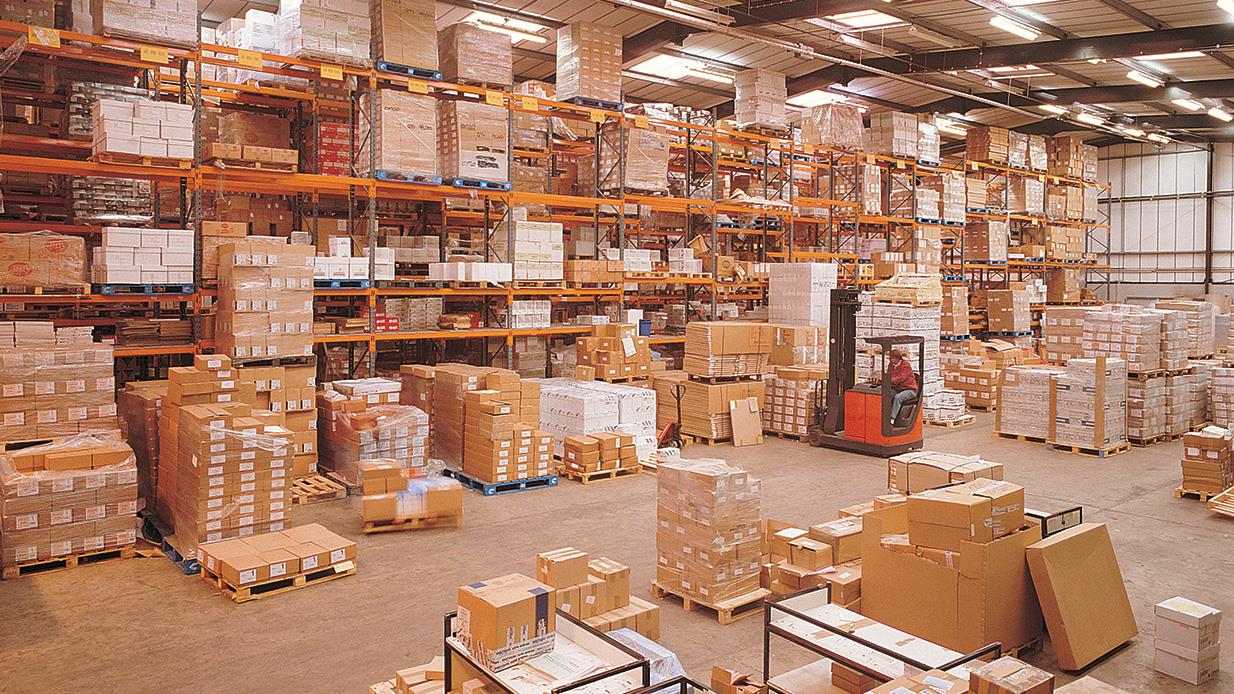Warehouse space optimization is a crucial aspect of any successful logistics operation. It allows businesses to maximize their efficiency, reduce costs, and ultimately provide a better service to their customers. However, achieving warehouse space optimization is not always an easy task. There are a number of challenges that businesses face when trying to optimize their warehouse space. In this article, we will explore these challenges and provide some solutions that can help businesses overcome them.
Challenge #1: Limited Space
One of the most common challenges that businesses face when trying to optimize their warehouse space is limited space. This is particularly true in urban areas where land is at a premium. In these situations, businesses may have to make do with a smaller warehouse than they would ideally like.
Solution #1: Vertical Storage
One solution to this challenge is to make use of vertical storage. By utilizing the height of the warehouse, businesses can maximize their storage space without taking up too much floor space. This can be achieved through the use of mezzanine floors, racking systems, and other vertical storage solutions.
Challenge #2: Poor Layout
Another challenge that businesses face is poor layout. If the layout of a warehouse is not optimized, it can lead to wasted space and reduced efficiency. For example, if items are stored too far apart, it can take longer for workers to retrieve them, which can lead to delays and decreased productivity.
Solution #2: Re-Design the Layout
To overcome this challenge, businesses should consider re-designing the layout of their warehouse. This may involve moving shelving units or re-organizing the location of certain items. By doing so, businesses can create a more streamlined workflow that improves efficiency and reduces wasted space.
Challenge #3: Inefficient Processes
Inefficient processes are another challenge that businesses face when trying to optimize their warehouse space. For example, if the warehouse layout requires workers to make unnecessary trips back and forth, it can waste time and decrease productivity.
Solution #3: Implement Lean Principles
One solution to this challenge is to implement lean principles. This involves identifying and eliminating any unnecessary steps in the warehouse process. By doing so, businesses can improve efficiency and reduce wasted time.
Challenge #4: Poor Inventory Management
Poor inventory management is another challenge that can hinder warehouse space optimization. If items are not properly labeled or tracked, it can lead to misplaced items and wasted space.
Solution #4: Implement Inventory Management Systems
To overcome this challenge, businesses should implement inventory management systems. These systems can help businesses keep track of their inventory and ensure that items are properly labeled and tracked. This can help reduce wasted space and improve efficiency.
Challenge #5: Lack of Training
Finally, a lack of training can also be a challenge when trying to optimize warehouse space. If workers are not properly trained on how to use the warehouse equipment or follow the proper procedures, it can lead to mistakes and decreased productivity.
Solution #5: Provide Proper Training
To overcome this challenge, businesses should ensure that all workers are properly trained on how to use the warehouse equipment and follow the proper procedures. This can help reduce mistakes and improve productivity.
In conclusion, warehouse space optimization is a crucial aspect of any successful logistics operation. While there are a number of challenges that businesses face when trying to optimize their warehouse space, there are also a number of solutions that can help overcome these challenges. By utilizing vertical storage, re-designing the layout, implementing lean principles, implementing inventory management systems, and providing proper training, businesses can optimize their warehouse space and improve their overall efficiency.




